Tutorial: Microsoft Entra integration with FilesAnywhere
In this tutorial, you learn how to integrate FilesAnywhere with Microsoft Entra ID. Integrating FilesAnywhere with Microsoft Entra ID provides you with the following benefits:
- You can control in Microsoft Entra ID who has access to FilesAnywhere.
- You can enable your users to be automatically signed-in to FilesAnywhere (Single Sign-On) with their Microsoft Entra accounts.
- You can manage your accounts in one central location.
If you want to know more details about SaaS app integration with Microsoft Entra ID, see What is application access and single sign-on with Microsoft Entra ID. If you don't have an Azure subscription, create a free account before you begin.
Prerequisites
To configure Microsoft Entra integration with FilesAnywhere, you need the following items:
- A Microsoft Entra subscription. If you don't have a Microsoft Entra environment, you can get one-month trial here
- FilesAnywhere single sign-on enabled subscription
Scenario description
In this tutorial, you configure and test Microsoft Entra single sign-on in a test environment.
FilesAnywhere supports SP and IDP initiated SSO
FilesAnywhere supports Just In Time user provisioning
Adding FilesAnywhere from the gallery
To configure the integration of FilesAnywhere into Microsoft Entra ID, you need to add FilesAnywhere from the gallery to your list of managed SaaS apps.
To add FilesAnywhere from the gallery, perform the following steps:
Sign in to the Microsoft Entra admin center as at least a Cloud Application Administrator.
Browse to Identity > Applications > Enterprise applications > New application.
In the search box, type FilesAnywhere, select FilesAnywhere from result panel then click Add button to add the application.
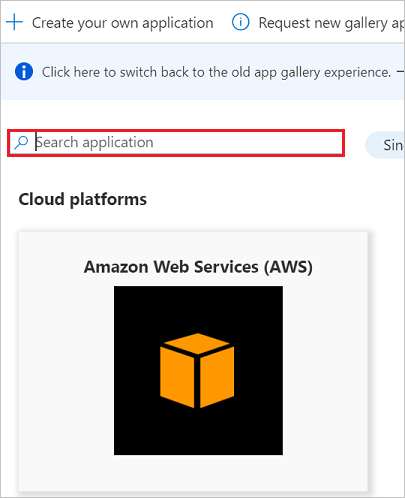
Configure and test Microsoft Entra single sign-on
In this section, you configure and test Microsoft Entra single sign-on with FilesAnywhere based on a test user called Britta Simon. For single sign-on to work, a link relationship between a Microsoft Entra user and the related user in FilesAnywhere needs to be established.
To configure and test Microsoft Entra single sign-on with FilesAnywhere, you need to complete the following building blocks:
- Configure Microsoft Entra Single Sign-On - to enable your users to use this feature.
- Configure FilesAnywhere Single Sign-On - to configure the Single Sign-On settings on application side.
- Create a Microsoft Entra test user - to test Microsoft Entra single sign-on with Britta Simon.
- Assign the Microsoft Entra test user - to enable Britta Simon to use Microsoft Entra single sign-on.
- Create FilesAnywhere test user - to have a counterpart of Britta Simon in FilesAnywhere that is linked to the Microsoft Entra representation of user.
- Test single sign-on - to verify whether the configuration works.
Configure Microsoft Entra single sign-on
In this section, you enable Microsoft Entra single sign-on.
To configure Microsoft Entra single sign-on with FilesAnywhere, perform the following steps:
Sign in to the Microsoft Entra admin center as at least a Cloud Application Administrator.
Browse to Identity > Applications > Enterprise applications > FilesAnywhere application integration page, select Single sign-on.
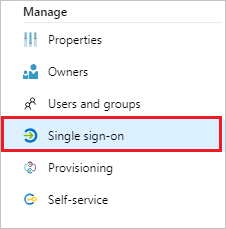
On the Select a Single sign-on method dialog, select SAML/WS-Fed mode to enable single sign-on.
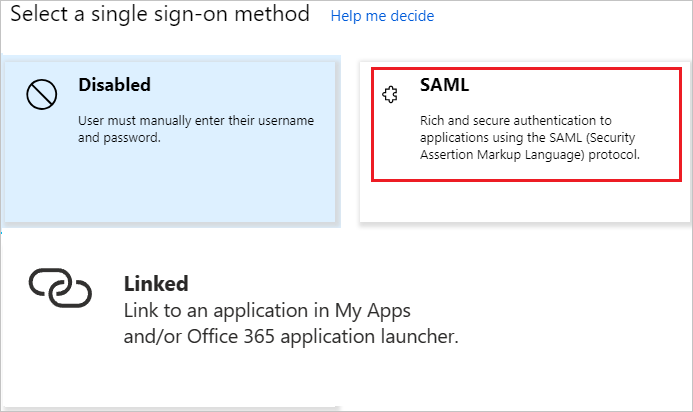
On the Set up Single Sign-On with SAML page, click Edit icon to open Basic SAML Configuration dialog.

On the Basic SAML Configuration section, If you wish to configure the application in IDP initiated mode, perform the following step:

In the Reply URL text box, type a URL using the following pattern:
https://<company name>.filesanywhere.com/saml20.aspx?c=<Client Id>Click Set additional URLs and perform the following step if you wish to configure the application in SP initiated mode:

In the Sign-on URL text box, type a URL using the following pattern:
https://<sub domain>.filesanywhere.com/Note
These values are not real. Update these values with the actual Reply URL and Sign-On URL. Contact FilesAnywhere Client support team to get these values. You can also refer to the patterns shown in the Basic SAML Configuration section.
FilesAnywhere application expects the SAML assertions in a specific format, which requires you to add custom attribute mappings to your SAML token attributes configuration. The following screenshot shows the list of default attributes. Click on Edit icon to add the attributes.

When the users signs up with FilesAnywhere they get the value of clientid attribute from FilesAnywhere team. You have to add the "Client ID" attribute with the unique value provided by FilesAnywhere.
In addition to above, FilesAnywhere application expects few more attributes to be passed back in SAML response. In the User Claims section on the User Attributes dialog, perform the following steps to add SAML token attribute as shown in the below table:
Name Source Attribute clientid "uniquevalue" a. Click Add new claim to open the Manage user claims dialog.
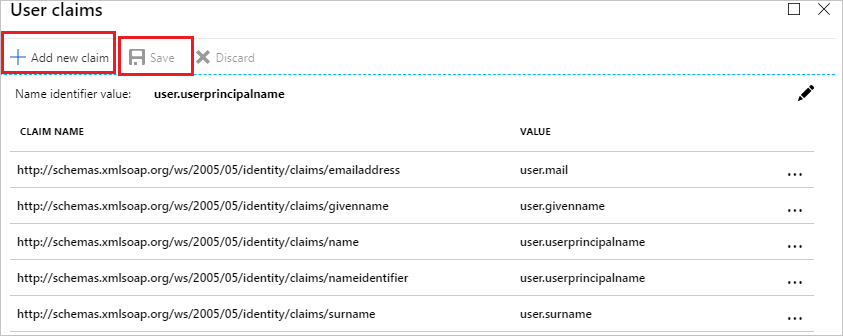

b. In the Name textbox, type the attribute name shown for that row.
c. Leave the Namespace blank.
d. Select Source as Attribute.
e. From the Source attribute list, type the attribute value shown for that row.
f. Click Ok
g. Click Save.
On the Set up Single Sign-On with SAML page, in the SAML Signing Certificate section, click Download to download the Certificate (Base64) from the given options as per your requirement and save it on your computer.

On the Set up FilesAnywhere section, copy the appropriate URL(s) as per your requirement.

a. Login URL
b. Microsoft Entra Identifier
c. Logout URL
Configure FilesAnywhere Single Sign-On
To configure single sign-on on FilesAnywhere side, you need to send the downloaded Certificate (Base64) and appropriate copied URLs from the application configuration to FilesAnywhere support team. They set this setting to have the SAML SSO connection set properly on both sides.
Create a Microsoft Entra test user
The objective of this section is to create a test user called Britta Simon.
- Sign in to the Microsoft Entra admin center as at least a User Administrator.
- Browse to Identity > Users > All users.
- Select New user > Create new user, at the top of the screen.
- In the User properties, follow these steps:
- In the Display name field, enter
B.Simon. - In the User principal name field, enter the username@companydomain.extension. For example,
B.Simon@contoso.com. - Select the Show password check box, and then write down the value that's displayed in the Password box.
- Select Review + create.
- In the Display name field, enter
- Select Create.
Assign the Microsoft Entra test user
In this section, you enable Britta Simon to use Azure single sign-on by granting access to FilesAnywhere.
Sign in to the Microsoft Entra admin center as at least a Cloud Application Administrator.
Browse to Identity > Applications > Enterprise applications > FilesAnywhere.

In the applications list, select FilesAnywhere.
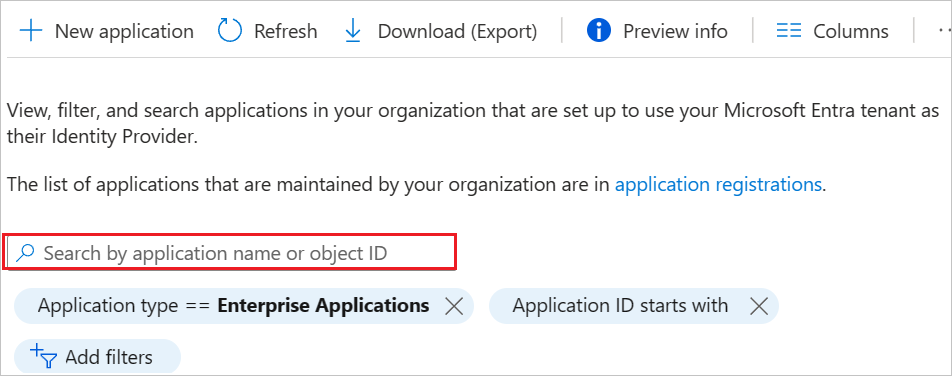
In the app's overview page, select Users and groups.
Select Add user/group, then select Users and groups in the Add Assignment dialog.
- In the Users and groups dialog, select B.Simon from the Users list, then click the Select button at the bottom of the screen.
- If you are expecting a role to be assigned to the users, you can select it from the Select a role dropdown. If no role has been set up for this app, you see "Default Access" role selected.
- In the Add Assignment dialog, click the Assign button.
Create FilesAnywhere test user
In this section, a user called Britta Simon is created in FilesAnywhere. FilesAnywhere supports just-in-time user provisioning, which is enabled by default. There is no action item for you in this section. If a user doesn't already exist in FilesAnywhere, a new one is created after authentication.
Test single sign-on
In this section, you test your Microsoft Entra single sign-on configuration using the Access Panel.
When you click the FilesAnywhere tile in the Access Panel, you should be automatically signed in to the FilesAnywhere for which you set up SSO. For more information about the Access Panel, see Introduction to the Access Panel.